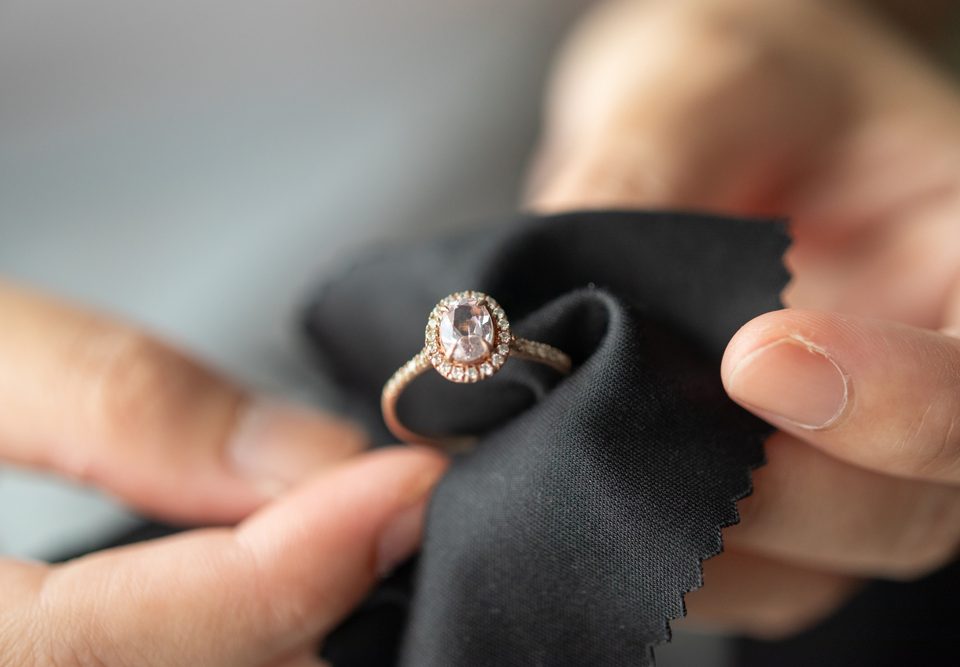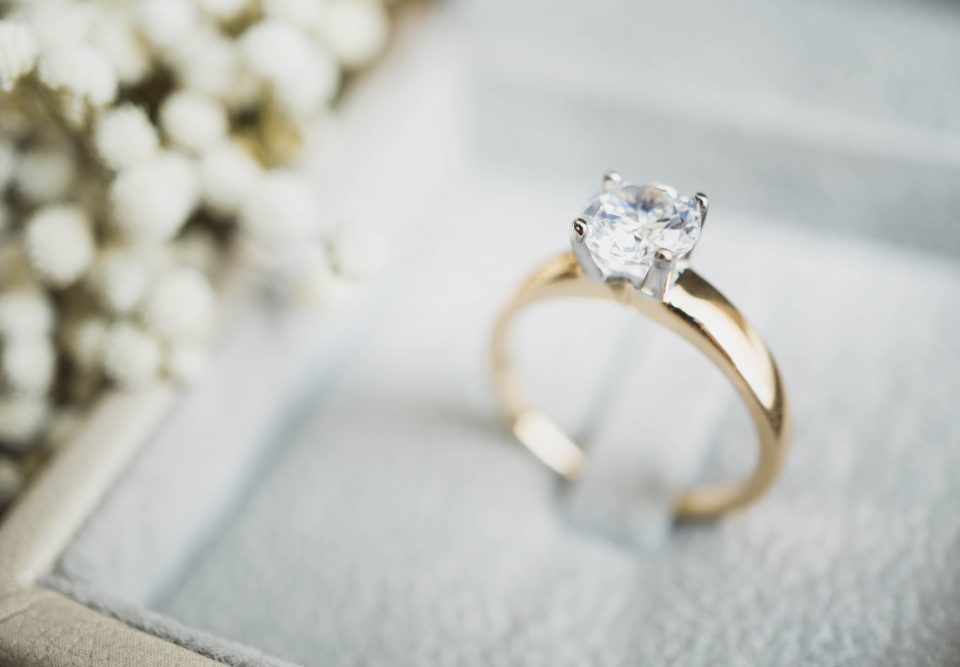- Quick contact:
- 801.359.2035
Gold Testing: Ways to Know if Your Jewelry is the Real Deal

There are a few areas of our world where it takes more than just a quick glance to tell whether a given product is real or fake, and a great example is within the realm of gold and gold jewelry. It’s unfortunately easy to make fake gold look exactly like real gold to the naked eye, meaning you need to go a bit deeper to confirm that any gold item you’re purchasing is legitimate.
At AAA Jewelers, we’re happy to provide verifiable jewelry for every possible need you may have, from engagement jewelry to fashion jewelry and more — and we also offer trusted jewelry appraisals to help you confirm the veracity of any piece. What are some of the simple methods that can be used to determine the legitimacy of gold? Here are several to consider.
Look for Marks
Manufacturers put stamps in the clasps of bracelets, necklaces and rings to let you know its purity. These are also known as hallmarks, or stamps that specifically identify the content or manufacturer of a piece.
Hallmarks will usually be found on less noticeable areas like the inside of a ring, inside a hollow charm on a necklace, or underneath the clasp of a bracelet. It’s important to look for these marks as it is one of the best ways to know that what you are looking at is authentic gold jewelry.
As you’re looking for such marks, you’re on the hunt for specific letters. These numbers might refer to purity numbers under the Karat system, such as 8k, 9k, 10k, 14k and 18k. Alternatively, they might indicate percentages such as 14/24 or 10/10, which would tell you that the gold is a higher purity than what pure gold contains.
If you see any of these hallmarks, then that particular piece of jewelry likely has real gold in it – though there are other ways to confirm its veracity. On the flip side, if you see marks like GP, GF, GE, GEP, HGP or HEG, these refer to forms of gold plating — not real gold, and you should avoid buying it.
Drop Nitric Acid
Real gold does not react to nitric acid. Try the acid test if physical examination does not work. Scratch lightly on the jewelry’s surface and apply a small amount of nitric acid on it using a dropper. If the surface turns green, your jewelry might be gold clad. A milky substance appears if your gold contains sterling.
Float Test
Real gold is very dense, and should not float when you place it in water. You can try this by placing the jewelry on a surface gently and drop it into a bowl of water or sink, and observing how fast or slow it sinks.
If your jewelry sinks immediately, then it is likely that the metal is not gold – but if it takes time to sink, then this suggests that it does contain real gold. But there are always exceptions, so this is not a definitive test – and it’s advised that you take your jewelry to a professional to confirm this type of test as well.
Use a Magnet
Using a magnet is a good way of identifying whether your jewelry is authentic or not. If your jewelry sticks to the magnet, it may be fake or not pure gold — this is because real gold is not magnetic at all, and even with a strong magnet it will not be attracted.
You can either do this test with the jewelry on your hand or by placing it on a surface, and if it sticks then you have some other types of metal in there — which may mean that it’s real gold but not pure gold. If you’re still not sure, feel free to bring your jewelry into our shop at AAA Jewelers to seek professional confirmation.
Comparison With Known Gold
If you have other gold pieces that you know are real, it’s also possible to compare your jewelry with those pieces to determine whether the latter are similar in appearance. For example, if you have a genuine gold necklace and a ring that you know is from the same manufacturer, then it’s possible to hold those up against each other and see if there’s any difference in terms of color or weight — as this can help further confirm the authenticity of the jewelry you’re trying to determine.
Ceramic Scratch Test
Find some ceramic plate or tile, and scratch your desired piece across the surface. If it’s real gold, a gold mark or trail will come off on the ceramic piece as a result; if it’s fake, on the other hand, this trail will be black or brown in color.
Professional Testing
Finally, for the most robust option, it’s always best to bring your jewelry into a professional jeweler who can use testing tools and chemicals that are more accurate than what you might have access to in order to really determine if the metals on your hands are real gold. This is simply the most reliable way of confirming whether or not gold is real.
For more on this, or to learn about any of our quality jewelry or jewelry appraisals, speak to our team at AAA Jewelers today.



